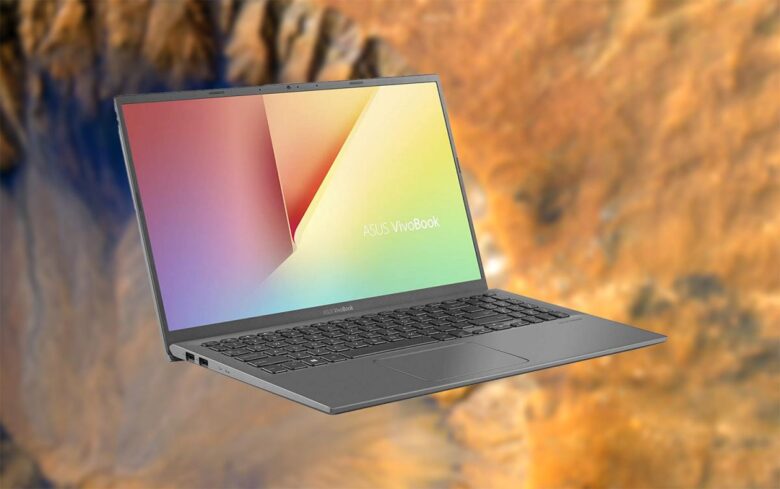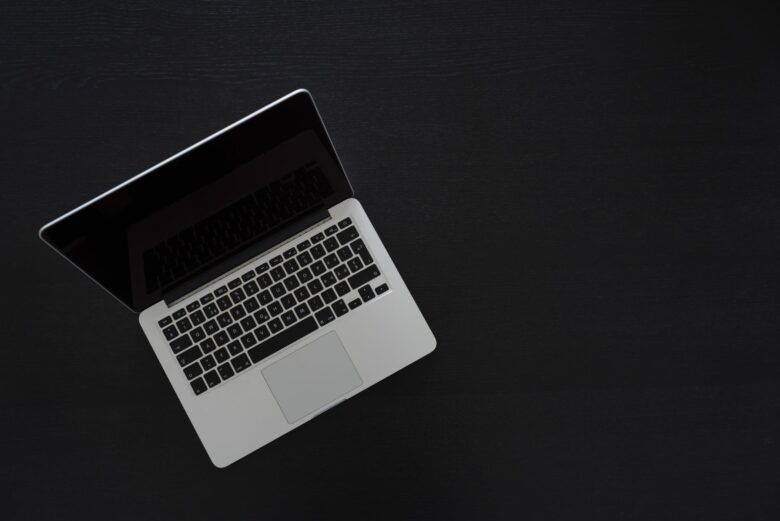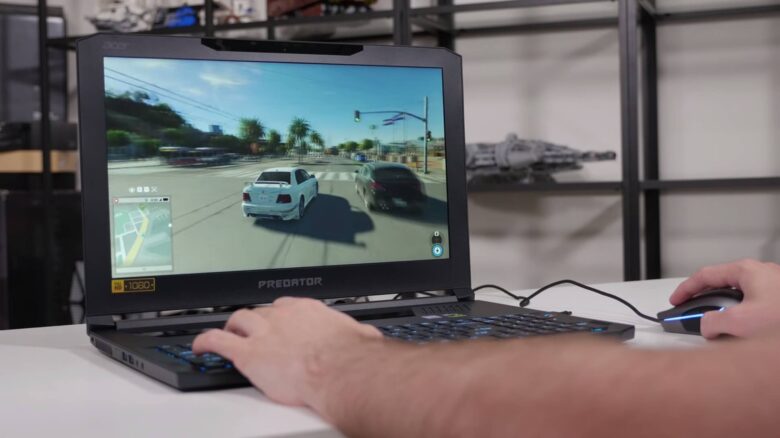Let’s picture a famous movie scene. You need to quickly copy something from a computer to a flash drive and by quickly we mean in less than 30 seconds. So you press the power button, and… Unless that laptop is equipped with a solid-state drive (SSD) that thing isn’t even going to boot up until your stopwatch hits 0. Even if it does by boot up somehow, unless you’re copying kilobytes of data, there is no way you’re going to be able to pull that off.
Sure, you’re probably not a super spy that needs to extract files from a random laptop, but don’t you think that in this day and age where everything is happening so fast, waiting on your laptop to boot up for half a minute a bit much? It is 25 seconds too much if you ask me. So, how do we speed things up? Well, you need to switch out that 50-year-old tech we call HDD or hard disk drive for a sleek, fast, and a much smaller SDD. Is there anything else other than the speed that is in play here? Not that you should need another reason, but, yes – and were going to talk about it today.
Without further ado, let’s jump right into the fast and furious world of SSD.
1. Booting time

Okay, let’s just compare it this way first – SSD is a Ferrari, HDD is a scooter. With none of the advantages in the heavy traffic, we’re just comparing speed. The main difference between the two is that the SSD does not have moving parts, so it doesn’t rely on any physical movement to read access, or transfer files. The first and obvious difference you’re going to notice is the incredible jump in booting speed. With an SSD you’re going to see your home screen in about 6 seconds if your machine is good overall and if you’re working with an HDD, that can be anywhere from 20 to 40 seconds. However, this doesn’t only apply to boot times. If it were up to those 15 seconds, no one would care, many people don’t even shut down their computers, so unless you really like turning your computer on and off and measuring the boot time, this is just cool – nothing more than that.
2. App opening time

Now, we get to the part where you actually use the computer. So, we’ve established that the SSD can read and write data much faster than the HDD, but what does that mean for an average user? The best way we can demonstrate the superiority of the SSD is by just comparing time, no fancy tech terms or cable, and adapter talk, just numbers. So, one thing that is common for every average user is web browsing. Most of us use Chrome as our default browser, so let’s test those numbers. With an HDD, the average time it takes your computer to launch Chrome is 13.8 seconds. On the other hand, with the SSD running the show, that time is cut to less than 1 second. That’s 14 times faster. Keep in mind we’re using an average machine – Intel i5 processor with 8 gigs of RAM, nothing fancy. If you’re interested in something quicker like an i7 and RTX 2070, you can check out which machines have those specs at laptopexplorer.com, they’re certain to come with an SSD. Check this out, Word 2016 opening time was cut from over 30 seconds to just under 2. So, once again, a major improvement.
3. Transfer times

Nowadays, we have internet commercial internet speeds that allow for 50-100 megabytes per second download. On the other hand, you have an HDD that transfers those same files at about 30 megabytes per second. I don’t know about you but I’d like to transfer my files faster than download them. With an SSD you can expect those times to reach 300 MBps.
4. Battery life

Battery life is an important factor for a laptop. Sometimes you might need to work in an environment without the power source and it would be convenient if the battery wouldn’t run out in a few hours. We’ve tested the amount of power these drives require and the results weren’t shocking. Without any moving parts, it’s expected for an SSD to draw less juice from the battery, so, on average, we’ve seen about 20-25% increase in battery life with a solid-state drive.
5. Durability

To be fair, there’s not much to say here other than – no moving parts! Yes, we’ve said this a few times already, but it’s important. HDD’s are far more likely to break because of the constant spinning and abundance of different parts. So, if you’re worried about breaking, don’t be – SSDs are very durable.
6. Better gaming

Once again, this has everything to do with reading speed. If you’re able to quickly access all of the needed data from a game, your loading times are going to be cut short significantly. Sure, you can’t expect the difference to be as dramatic as it was with smaller apps, but it’s certainly going to be at least twice as faster. Not only that, but your textures will also load a lot faster which will eliminate the stutter at the beginning of the gaming session.
7. Pair it up with an HDD

Since SSDs often come in smaller packages, usually from 126 to 512 GB, you’ll often have to pair them up with the regular hard drive and that’s good. Use your SSD for running programs, OS, games, and keep your media on your hard drive. Split them up. There’s no need to keep storing music or pictures on an SSD, files under 20 MB will open almost instantly no matter what. However, if you do want an all SSD machine, you can have it, they’re a tad more expensive but you can find 2 TB drives at around $250. Or if you want to go ludicrously big for whatever reason, you can buy 100 TB drive for $40,000.
Finally, one additional perk, if your laptop has an SSD, you can read this whole article in under a second! We’re joking, obviously, but hopefully, this article has provided you with enough information on why the solid-state drive is a must better option than the hard drive.

